IATS data provides additional answers

Cleveland Clinic is a non-profit academic medical center. Advertising on our site helps support our mission. We do not endorse non-Cleveland Clinic products or services. Policy
Congenital cataracts are present in 1.2 to 6 per 10,000 live births in the United States. They can affect one or both eyes and may occur in the setting of a systemic disorder. Because of a lack of data on the prevalence of systemic disorders in patients with unilateral congenital cataracts, the Infant Aphakia Treatment Study (IATS) provided an opportunity to examine this issue in a large number of consecutive cases.
This multicenter, randomized clinical trial compared the use of primary intraocular lens (IOL) implantation with spectacle correction of residual hyperopia to the correction of aphakia with a contact lens after cataract surgery in infants with a unilateral congenital cataract between 1 and 6 months of age. Infants considered for the study were scrutinized for the presence of systemic disease, and more than four years of follow-up data were available to ascertain the emergence of systemic diseases not present early in life.
Cleveland Clinic’s team reviewed the records of all patients with unilateral cataracts who were identified for possible inclusion in the IATS and extracted information on associated systemic and ocular abnormalities. Infants < 7 months of age with a unilateral cataract were eligible for IATS screening. Researchers reviewed data pertaining to the exclusion of patients as well as data collected on standardized study forms used at any time for documentation of ocular or systemic disorders.
A total of 227 infants were referred for possible enrollment. Ten had insignificant cataracts, and parents of 32 declined participation. Of those excluded, three were premature, 27 had significant ocular disease [usually persistence of the fetal vasculature (PFV) or corneal diameter < 9mm], and four had systemic disorders. An additional 26 were excluded at first examination under anesthesia, most often because of PFV or variants thereof.
On follow-up, the 114 enrolled patients were diagnosed with Stickler syndrome (1), mitochondrial disease (1), autism (1) and presumed congenital rubella syndrome (1). No patient developed a cataract in the fellow eye.
The team noted that while some conditions that can feature unilateral cataracts are diagnosed at birth or very early in life, others may be diagnosed at varying periods thereafter.
PFV and its variants are the most common associated ocular findings and are present in about a quarter of cases of unilateral congenital cataracts, indicating that while patients with a unilateral cataract may have significant associated abnormalities in the affected eye, the prevalence of associated significant systemic disease is quite low.
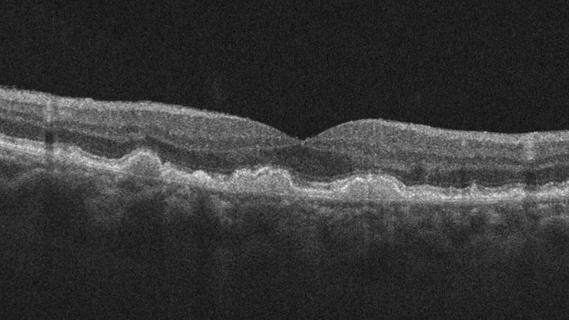
Early data shows risk is 73% higher in patients with lupus, 40% higher in patients with rheumatoid arthritis
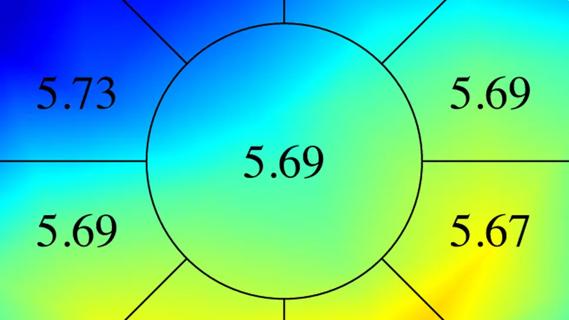
Identifies weak spots in the cornea before shape change occurs
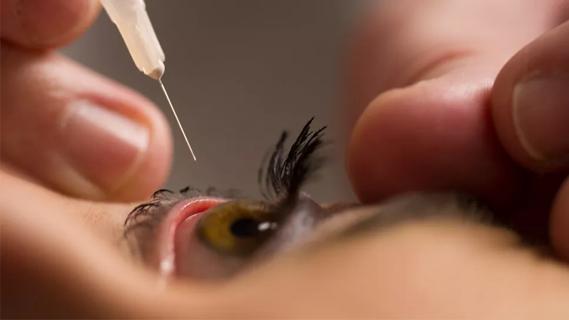
Study highlights the value of quantitative ultra-widefield angiography
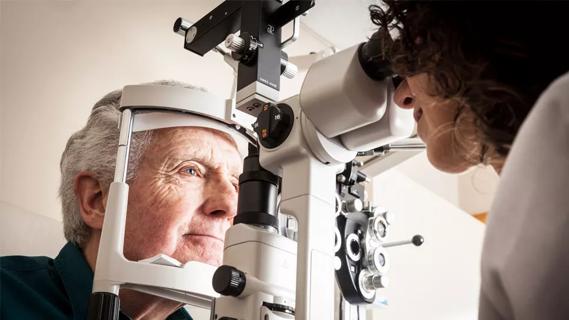
Switching medications may decrease treatment burden and macular fluid

Interventions abound for active and stable phases of TED
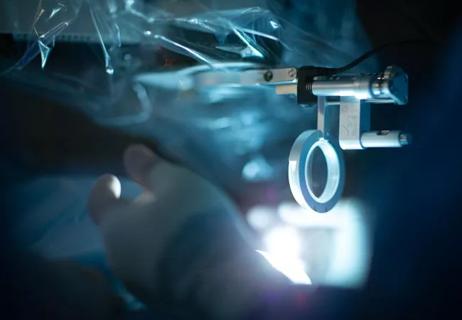
Corneal imaging and interpretation play a major role
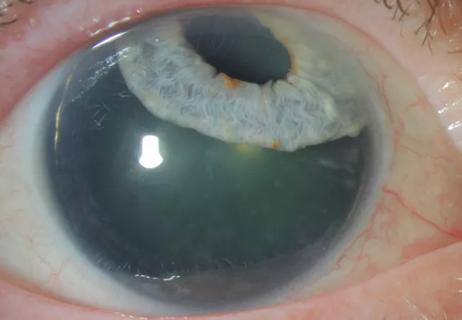
Cole Eye Institute imaging specialists are equal parts technician, artist and diagnostician
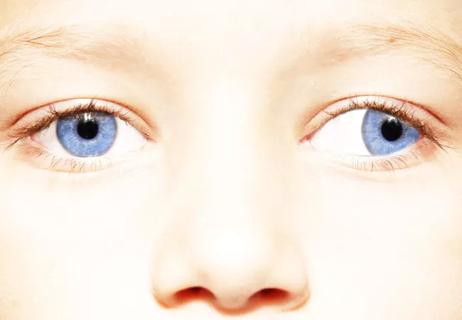
Effect of low-dose atropine and dual-focus contact lenses is unknown in patients with comorbid eye conditions